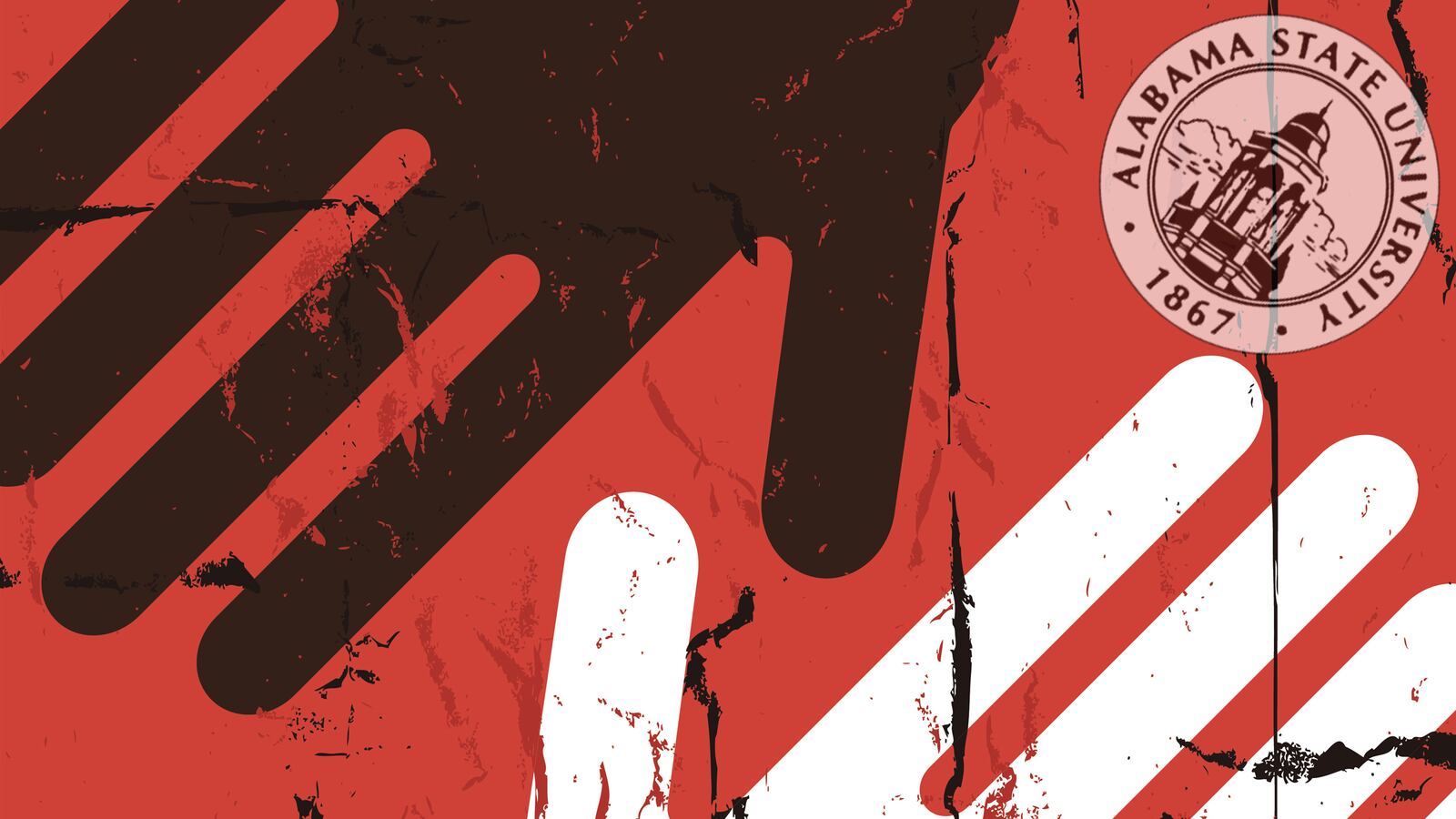It’s one of those stories where we’re supposed to shake our heads that racism can go both ways. John Garland, white, is suing the historically black Alabama State University for trying to ease him out of his job as a professor of Rehabilitation Studies. Garland claims a certain cadre of employees there think he, as well as his white husband Steven Chesbro, don’t belong at the school because they are white.
It’s too easy to just dismiss this as reverse racism. There are times when it’s appropriate to hold a position aside for a black person, and not just for reasons of “diversity.” It’s just that this ASU case likely isn’t one of them.
This reminds me of a news story I read during a summer in Canada in 1995. An African-Canadian standup comedian had been denied participation in an American black stand-up festival, after having participated in the past. The conveners had decided that this comedian’s material, non-racial and largely about being a suburban barbecuing Dad in the suburbs of Toronto, wasn’t “black” enough for their event.
“What was that all about?” one might ask, the idea being that it’s wrong to suppose there’s a such thing as “black” comedy. But we all know there is—it’s a brand of comedy rooted in linguistic, attitudinal, musical, and discourse-oriented practices local to the community of black people in the United States.
Black Canadians have often had a different range of experiences, and if an audience hankering for the comedic style of Jamie Foxx or Steve Harvey isn’t interested in a routine taking a page from Tim Allen, there isn’t a thing wrong with that. Black is more than skin color.
It is a culture, and sometimes a connection upon its basis is key to accomplishing a certain goal. I have seen it in prisoner re-entry programs, where crucial to counselors’ success is, among other things, coming from the same cultural place as the clients—speaking the same language, having the same musical reference points, gestures, etc. Imagine a person who has led a life largely limited to his own community, considering turning his life around but skeptical, afraid, and just tired. He’s much more likely to open up to a person he trusts in an immediate and visceral way. Re-entry programs would be quite justified in preferring black counselors; I assume they do.
Even all-black schools like ASU have their purposes: When all students are black, there are no subtle worries about inferiority to white students, as famously studied by Claude Steele in his work on “stereotype threat,” and all-black schools in general subject black nerds to less static about thinking they’re “white” to like school.
Sometimes, then, in our famously non-postracial America where we are so often told that race “matters,” color-blindness is premature and even insensitive. So, the people at ASU who think Farland is wrong in his job for being white may have a case. But the problem is, they probably don’t.
The question would be: Just how is it important for someone who teaches classes on physical rehabilitation to be the same color as his students? It’d be something if he were teaching Race in America or maybe even Black Literature (although the case would be decidedly shaky even there). But physical therapy and empowering people with disabilities? Must one connect culturally about such things? Have people, traditionally, connected culturally about such things?
Perhaps the people who want Garland out just wish ASU could be as all-black as possible. But those are different waters. To extend that analysis beyond the student body to the faculty of a department of rehabilitation studies suggests a general idea that the school is supposed to be a “safe zone” away from the depredational, or even just micro-aggressional (to use a current formulation), inconveniences that white people inflict on black lives.
But this is backwards, in the end. How do we make interracial progress if no whites teach at black colleges? And more to the point, just what harm was Dr. Farland doing in being white in his job? Who was learning less? Who was being microaggressed?
Especially depressing would be if his sexual orientation turned out to have anything to do with the matter. It seems unlikely that the ASU contingent will be able to make a coherent case against Farland. However, it bears keeping in mind that while race likely shouldn’t “matter” in Farland’s case, just as often color-blindness can be as backwards-minded as Farland’s foes likely are.






